Wine Cooler Efficiency: Pro Tips for Wine Sellers in Repairing Beverage Centers
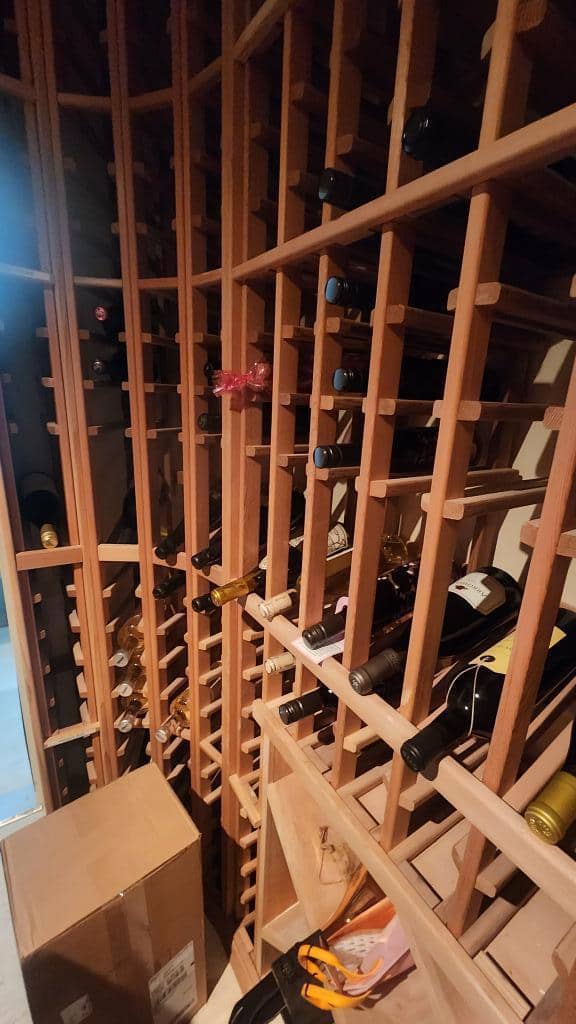
Wine Cooler Efficiency Tips And Repairing Guide
Wine appliance Cooler, wine cooler, and beverage centers play a crucial role in storing and preserving wines. However, to ensure optimum functionality, regular maintenance and appliance repair are necessary. In this article, we will explore common problems that can arise with these appliances, troubleshooting techniques, steps to Wine appliance Cooler them, preventive maintenance measures, the option of professional repair services, and the cost associated with repairs.
Common problems and troubleshooting
1. Coolant leaks and compressor issues: Signs include warm temperature inside the unit and unusual noises. Troubleshooting involves checking for leaks and ensuring the compressor is functioning properly.
2. Temperature inconsistency: This problem can result in wines being stored at incorrect temperatures. Troubleshooting includes checking the thermostat and the fan motor for any malfunctions.
3. Motor malfunction: If the motor fails, the unit will not cool properly. Troubleshooting involves inspecting the motor for any visible damage or unusual noises.
4. Condensation or water leaks: This issue can lead to mold and mildew growth. Troubleshooting includes checking the drain pan, drain line, and seals for any clogs or damages.
5. Electrical problems: These can cause the unit to not power on or to turn off unexpectedly. Troubleshooting involves checking the power supply, electrical connections, and fuses.
6. Door seal damage: Damaged seals can result in temperature fluctuations. Troubleshooting involves inspecting the seals for any cracks or gaps and replacing them if necessary.
Steps to appliance repair a wine seller, wine cooler, or beverage center
1. Identifying the problem: Carefully observe the unit and note any visible signs or unusual behaviors.
2. Gathering necessary tools and replacement parts: This may include screwdrivers, pliers, multimeter, replacement thermostat, fan motor, or compressor.
3. Safety precautions: Ensure the unit is unplugged and the power supply is disconnected before attempting any repairs.
4. Troubleshooting and diagnosis: Use the appropriate tools to check various components and identify the faulty part causing the problem.
5. Repairing or replacing faulty components: If a specific component is identified as the problem, replace it following the manufacturer's instructions.
6. Testing and ensuring proper functioning: Power on the unit and monitor its performance to ensure the repair was successful.
Preventive maintenance
1. Regular cleaning and dusting: Clean the interior and exterior surfaces to remove dirt and dust build-up.
2. Checking and adjusting temperature settings: Monitor and adjust temperature settings to ensure wines are stored at the correct temperature.
3. Inspecting and maintaining condenser coils: Regularly inspect and clean the condenser coils to prevent debris accumulation.
4. Checking seals and gaskets: Inspect door seals and gaskets for any damages or gaps, and replace if necessary.
5. Lubricating moving parts: Apply lubricant to ensure smooth operation of fans, motors, and other moving parts.
6. Proper ventilation and avoiding overcrowding: Ensure the unit has space around it for proper airflow and avoid overloading with too many bottles.
Professional repair services
1. When to call a professional: If the problem is beyond your expertise or requires specific technical knowledge, it's best to call a professional.
2. Factors to consider when choosing a wine appliance Cooler service: Consider factors such as expertise, experience, reputation, customer reviews, and pricing.
3. Benefits of professional repair: Professionals have the knowledge, tools, and experience to accurately diagnose and repair complex issues while ensuring the safety of your appliance.
Cost of repair
1. Factors affecting repair costs: The severity of the problem, the type of repair needed, the brand of the appliance, and the cost of replacement parts all affect the overall repair cost.
2. Average cost range for common repairs: Common repairs can range from $100 to $500, depending on the complexity and extent of the repair.
3. Value of professional repair versus DIY: While DIY repairs can save money, professional repairs ensure proper and long-lasting solutions, avoiding further damage or replacements in the future.
Conclusion
Maintaining and repairing wine sellers, wine coolers, and beverage centers are essential for preserving wines and ensuring their optimal storage conditions. By following DIY repair techniques and implementing preventive maintenance measures, you can prolong the lifespan of your appliance. However, when faced with complex issues or lack of expertise, it's advisable to seek professional repair services to guarantee efficient and safe repairs.



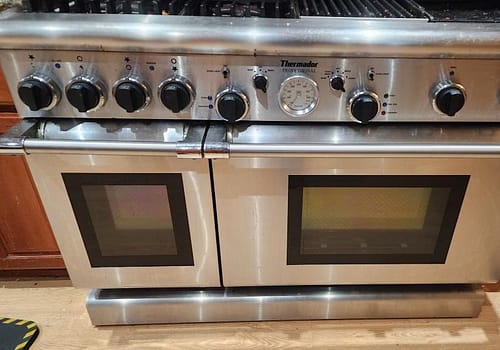
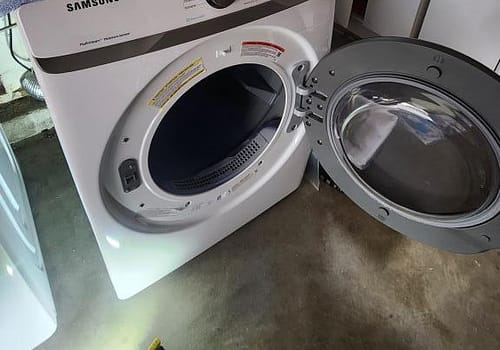
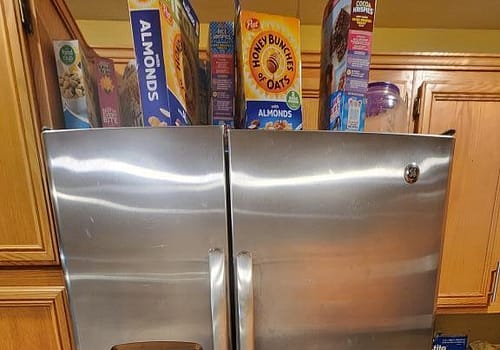
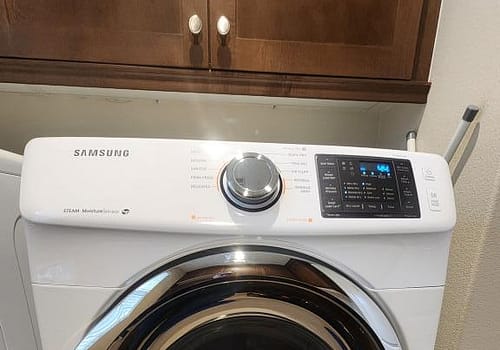
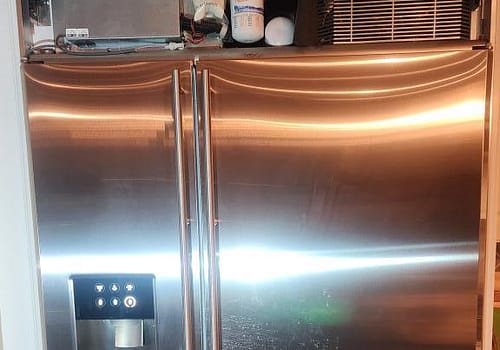
Comments: